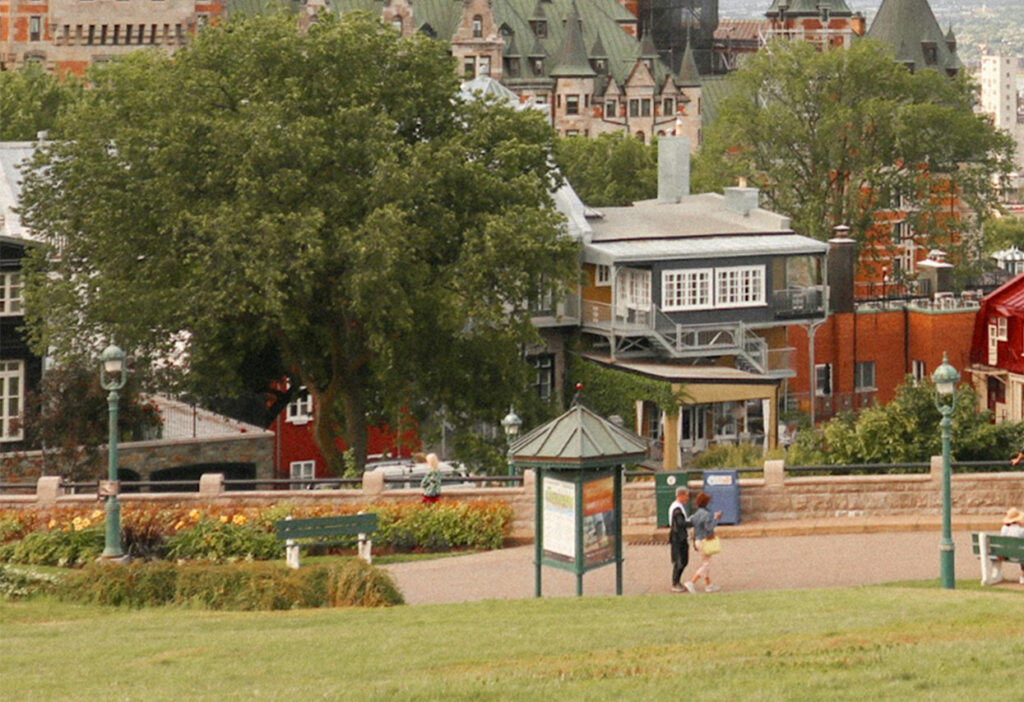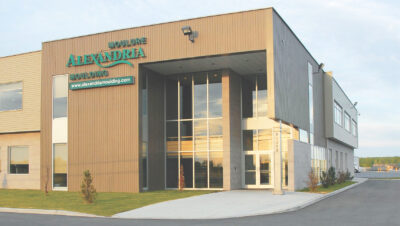Quebec Trends 2025 – Quebec Has Seen Decent Demand For Hard And Soft Maple, Red Oak, Walnut
The spring warm weather melted the snow quickly, and with rainy periods, it made things a little more difficult for loggers to get into the forests, and road bans due to spring thaw having started as well. With the tariffs being implemented, it is making it much more challenging for businesses to operate. Finding new business opportunities and how to survive the high tariffs are not making it easy in an already difficult economy. The Liberals elected Mark Carney as their new leader, and thus he is the new Prime Minister. At the time of this writing, he called a parliamentary election for April 28. This is certainly a period of great challenges, changes and possibly growth for everyone.
Contacts comment that Ash production and supply is not high due to reduced logging, sawmill and kiln drying activities, as well as the death of these trees due to the Emerald Ash Borer. Demand for green production is reported as ample with firm prices.
According to contacts, demand and use from traditional end users of Basswood has contracted quite a bit in the last few years. There was a sharp decline in Basswood use as an alternative to other species as well.
Some contacts reported that Cherry was not doing so well, and was one of the less popular sellers, with exports to China having also declined.
The regionally important species Hard Maple is noted as decent for demand with limited availability for the upper grades and is also the case for grades Nos. 1 and 2A Common. Kiln-dried supplies are strained in certain areas.
The trend is similar for Soft Maple. Green FAS1F and kiln-dried FAS are noted as best sellers by certain contacts, surpassing Hard Maple equivalents. The Sap and Better No. 1 Common was improving and moving almost as well as No. 1 Common Hard Maple. Business for unselected items was reported as fair, and other grades were identified as slow regardless of color selection.
Green Hickory was registering price gains due to low supply rather than higher demand. Residential wood flooring manufacturers were purchasing more Hickory.
Demand for Red Oak on domestic and international markets was fairly busy noted contacts, with China being a top buyer at this time. Sales were steady for kiln-dried FAS White Oak and to some overseas markets, but prices were subject to pressure as supplies were elevated.
Business was brisk for Poplar due to supply rather than demand. Upper grades were moving better, though Nos. 1 and 2A Common were also selling well. Exports to Vietnam, China and Mexico were consuming the common grades.
Walnut market conditions appeared to have improved for kiln-dried Walnut noted contacts, although business is not booming, with certain markets being price sensitive, but sales volumes and prices had picked up for several contacts. Demand for green Walnut is solid, and in some cases exceeding supplies.
On March 20, the Hon. Steven Guilbeault, Minister of Canadian Culture and Identity, Parks Canada and Quebec Lieutenant, along with the Minister of Natural Resources and Forests of Quebec, Maïté Blanchette Vézina, announced a joint contribution of over $8.5 million ($4.7 million, and $3.83 million respectively) for four projects to promote green construction in the province, including the use of low-carbon Canadian wood to accelerate new building projects.
$1 million to Les Chantiers Chibougamau Ltée from Natural Resources Canada’s (NRCan) Green Construction through Wood (GCWood) program and $1.33 million from the Programme d’innovation en construction bois (Innovation Program in Wood Construction) of Quebec’s Ministry of Natural Resources and Forests. A four-storey, 20-unit residential mass timber building will be developed using prefabrication and modular construction techniques, to demonstrate delivery of affordable housing using innovative wood-based products and technologies, including in remote communities and regions.
Les Chantiers Chibougamau Ltée receives an additional $2 million from NRCan’s Investments in Forest Industry Transformation (IFIT) program and $2.5 million from the Programme Innovation Bois (Wood Innovation Program) of Quebec’s Ministry of Natural Resources and Forests to modernize production processes of finger-jointed lumber, glue-laminated, I-joints and cross-laminated timber through the innovative use of artificial intelligence, thus supporting a strong Canadian supply of value-added advanced wood construction products.
Samcon Stanley Properties receives $500,000 from NRCan’s GCWood program to develop the design for a 21-story multi-unit residential building built from mass timber, thus providing crucial data and insights into the feasibility of taller mass timber structures.
The Cree First Nation of Waswanipi receives $1.2 million from NRCan’s GCWood program to build a two-storey low-rise community building with wood building technology, and ensure that the building’s shape and design preserve the historical culture of the Cree First Nation.
Through these investments, both governments are further accelerating the adoption of cutting-edge residential construction technologies to drive down costs and help the industry access the made-in-Canada products it needs to build more homes for Canadians.
The funding of these projects promotes the development of new markets for Canadian timber, and supports forestry workers and creates jobs, including the hardwood sector.








